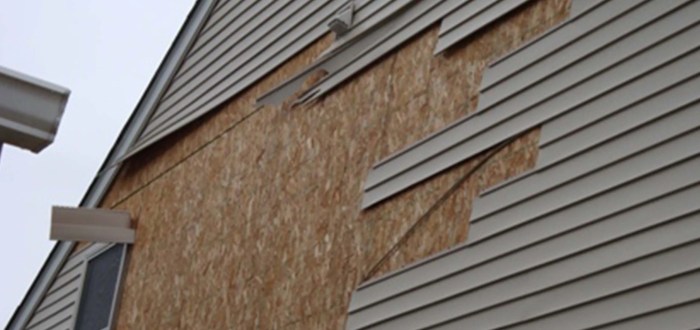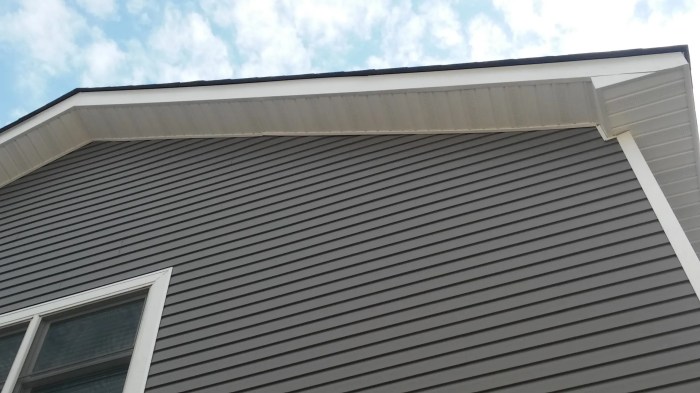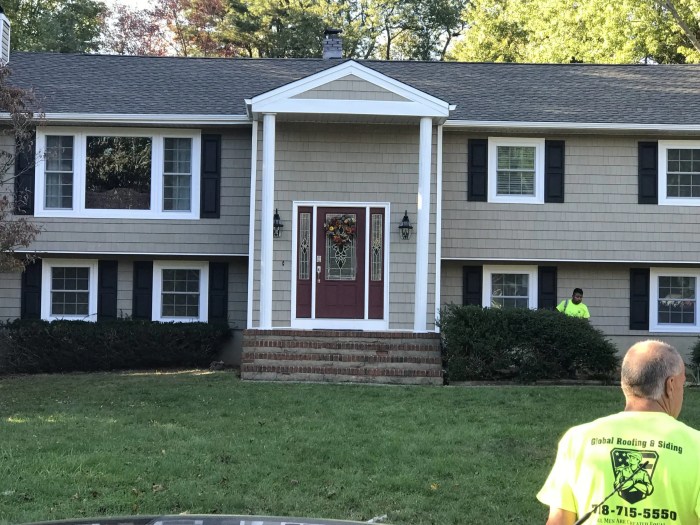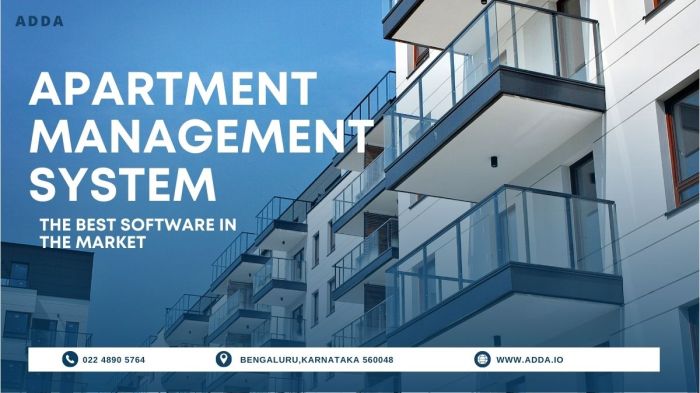Embark on a journey into the world of global siding and roofing, where innovation meets tradition to create sturdy and visually appealing structures. As we delve into the realm of construction, we uncover the significance of quality siding and roofing in ensuring the durability and aesthetics of buildings worldwide.
Let's explore the diverse materials used in these projects and the impact they have on the architectural landscape across different regions.
Introduction to Global Siding and Roofing

Global siding and roofing are essential components in the construction industry that provide protection and durability to buildings worldwide. Siding refers to the outer covering of a building, while roofing refers to the structure that covers the top of a building.
Both elements play a crucial role in shielding the interior of a building from external elements such as weather, debris, and pests.
Importance of Quality Siding and Roofing
Quality siding and roofing are vital for ensuring the longevity and safety of buildings in different parts of the world. They help regulate temperature, prevent water damage, and enhance the overall aesthetics of structures. Properly installed and maintained siding and roofing can also increase energy efficiency and property value.
Materials Used in Global Siding and Roofing Projects
- Asphalt Shingles: One of the most commonly used materials for roofing due to its affordability and ease of installation.
- Metal Roofing: Known for its durability and longevity, metal roofing is popular in regions prone to extreme weather conditions.
- Vinyl Siding: A cost-effective option for siding that is low-maintenance and available in a variety of colors and styles.
- Fiber Cement: Resistant to fire, moisture, and pests, fiber cement siding is a durable choice for many buildings.
- Wood Shingles: Offering a classic and natural look, wood shingles are popular for both siding and roofing projects.
Types of Siding Materials

When it comes to siding materials, there are various options available globally. Each material comes with its own set of advantages and disadvantages, impacting both the durability and aesthetic appeal of a building.
Wood Siding
Wood siding is a classic choice that provides a natural and traditional look to a home. While it offers a warm and inviting appearance, it requires regular maintenance to prevent rot and insect damage. Popular in regions with abundant forests like North America and Scandinavia.
Vinyl Siding
Vinyl siding is a low-maintenance option that is relatively affordable and comes in a wide range of colors and styles. It is durable and resistant to moisture, making it a popular choice in regions with varying climates.
Fiber Cement Siding
Fiber cement siding is a versatile option that can mimic the look of wood, stone, or brick. It is durable, fire-resistant, and requires minimal maintenance. This material is commonly used in regions prone to extreme weather conditions.
Brick Siding
Brick siding offers a timeless and elegant appearance to a building. It is durable, insect-resistant, and has excellent thermal mass properties. Commonly found in regions with a long history of brick-making like Europe and parts of Asia.
Stucco Siding
Stucco siding is a traditional choice that provides a textured and unique look to a home. It is durable, fire-resistant, and offers good insulation properties. This material is popular in regions with a Mediterranean or Spanish architectural influence.
Metal Siding
Metal siding is a modern and sleek option that is highly durable and low-maintenance. It comes in various finishes and can withstand harsh weather conditions. Commonly used in industrial and contemporary designs globally.
Roofing Systems Around the World
Roofing systems vary significantly across the globe, influenced by the unique climate and geographical conditions of each region. The choice of roofing materials and designs is crucial in ensuring durability and efficiency in protecting buildings from the elements.
Asia
In Asia, countries like Japan and China are known for their traditional roofing systems using materials such as ceramic tiles and thatch. These materials are chosen for their ability to withstand heavy rains and typhoons common in the region.
Europe
European countries like Spain and Italy often use terracotta tiles for their roofs, reflecting the Mediterranean climate. These tiles provide excellent insulation against the hot sun and are durable in various weather conditions.
Africa
In Africa, thatched roofs made from natural materials like straw or reeds are commonly used in regions with hot climates. These roofs are lightweight, allowing for better ventilation, and are sustainable choices for communities.
North America
North America has a diverse range of roofing systems, with asphalt shingles being a popular choice due to their affordability and versatility. Metal roofs are also gaining popularity for their durability and energy efficiency in regions with extreme weather conditions.
South America
South American countries like Brazil often use clay tiles for their roofs, providing a traditional aesthetic while offering protection against heavy rainfall and humidity. Thatched roofs are also seen in rural areas for their natural insulation properties.
Oceania
Countries in Oceania, such as Australia and New Zealand, commonly use metal roofing due to its durability and ability to withstand strong winds and harsh sunlight. Additionally, modern roofing technologies like solar panels are becoming more prevalent in the region for sustainable energy solutions.
Sustainability in Siding and Roofing
When it comes to global siding and roofing projects, sustainability is becoming an increasingly important factor. As environmental concerns continue to grow, the construction industry is looking for ways to reduce its impact on the planet.
Environmental Impact of Different Materials
- One of the key considerations in sustainable siding and roofing is the environmental impact of the materials used. For example, traditional asphalt shingles can contribute to landfill waste, while metal roofs are often made from recycled materials.
- Wood siding, although aesthetically pleasing, can lead to deforestation if not sourced responsibly. On the other hand, fiber cement siding is durable and low maintenance, making it a more sustainable option.
Eco-Friendly Solutions
- Emerging trends in eco-friendly siding and roofing solutions include the use of recycled materials, such as reclaimed wood or metal. These materials not only reduce waste but also offer a unique aesthetic appeal.
- Green roofs, which involve planting vegetation on the roof surface, are gaining popularity for their energy efficiency and ability to reduce stormwater runoff. They also provide additional insulation, reducing the need for heating and cooling.
Installation and Maintenance Considerations
When it comes to the installation and maintenance of siding and roofing systems globally, there are several key factors to consider to ensure longevity and durability. Proper installation techniques, material selection, and regular maintenance routines play a crucial role in the performance of these essential components of a building.
Key Factors for Installation
- Climate Considerations: Different regions have varying weather conditions that can affect the performance of siding and roofing materials. It is essential to choose materials that can withstand the local climate.
- Quality of Installation: Proper installation techniques are crucial for the longevity of siding and roofing systems. Hiring experienced professionals or following manufacturer guidelines is essential.
- Compatibility of Materials: Ensure that the siding and roofing materials are compatible with each other to prevent issues such as leaks and deterioration.
Tips for Maintenance
- Regular Inspections: Schedule regular inspections to check for any signs of damage or wear and tear. Early detection can prevent costly repairs in the future.
- Cleaning and Clearing Debris: Keep the siding and roofing clean from dirt, debris, and leaves to prevent mold growth and water damage.
- Repairing Damage Promptly: Address any issues such as loose shingles, cracks, or dents as soon as they are noticed to prevent further damage.
Common Challenges
- Leakage Issues: Improper installation or damage to the siding or roofing can lead to water leakage, causing structural damage and mold growth.
- Pest Infestations: Insects and pests can find their way into the gaps and crevices of siding and roofing systems, leading to damage and health hazards.
- Aesthetic Concerns: Fading, discoloration, or warping of siding materials can impact the visual appeal of a building, requiring maintenance or replacement.
Epilogue

In conclusion, global siding and roofing play a crucial role in shaping the architectural landscape around the world. From sustainability practices to installation challenges, the evolution of roofing technologies to the maintenance tips for longevity, this discussion offers a comprehensive view of the key aspects in this dynamic industry.
Dive into the world of global siding and roofing and witness the blend of innovation and tradition that defines the construction domain.
FAQ Section
What are the benefits of choosing sustainable siding and roofing materials?
Sustainable materials offer long-term environmental benefits, reduce energy consumption, and contribute to eco-friendly building practices.
How can I prolong the lifespan of my siding and roofing systems?
Regular inspections, timely repairs, and proper maintenance routines can help extend the durability and longevity of siding and roofing systems.
What are some common challenges faced during the installation of siding and roofing?
Challenges may include weather disruptions, structural adjustments, and coordination issues with contractors and suppliers.









